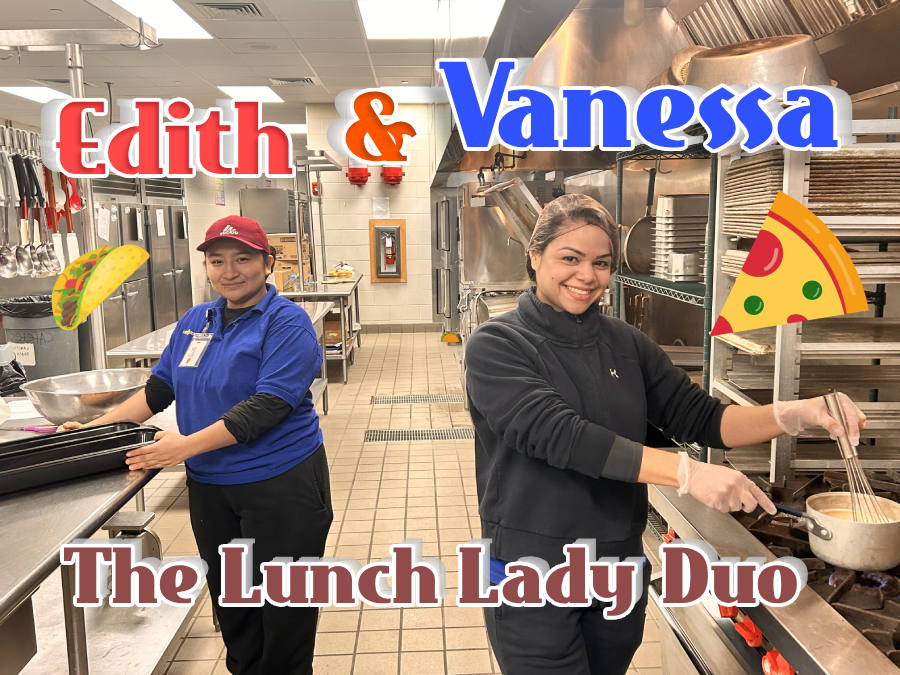The stove is hot, the food’s not done, and dozens of kids pile up in the line. It’s lunch time and the staff are rushing up to serve the starving students waiting in line to feast.
Vanessa Romero and Edith Burgos are part of the cafeteria staff and help to make sure the food is ready before lunch is served, and that the kitchen is clean and in order.
“A typical day at work for me is a mix of emotions,” Burgos said. “It’s not the same taste, eating a pizza to eating nachos because all the flavors are different and so are we.”
Most of the lunch staff are from different parts of the world.
“We’re from different nationalities and cultures,” Burgos said. “And sometimes we argue but sometimes we’re really happy.”
Working in the cafeteria includes not only cooking, but also cleaning, maintaining order, and serving the high school students.
“Cooking is the hardest part of the job,” Romero said. “I love attending the public, but most of the time I don’t like being inside of the kitchen, so it stresses me out because of the pressure I get from the people around me.”
While cooking might be the hardest part of the job for Romero, Burgos loves to cook and it’s her favorite part of the job.
“Vanessa doesn’t like to cook but I love to cook because it’s the most fun part for me,” Burgos said. “I don’t like to clean and when we close, we have to organize and clean everything.”
Since Romero is cooking a variety of meals each day, she’s learned which foods are the hardest to prepare.
“Chinese food is the hardest one to cook for me,” Romero said. “I don’t really know the recipe because I can’t memorize it, and improvising is not allowed in the kitchen.”
Burgos has learned which foods the students love the most by noticing the amount of food left at the end of lunch.
“The students love Chinese food and the chips because they’re always gone,” Burgos said. “I think the one they hate is the pasta because we always have leftovers.”
Since the students that Burgos and Romero work with are from many different countries, some of them have suggested foods that define their culture.
“One time a student told me we should make arepas for breakfast because he liked them,” Romero said. “It wasn’t a critique, but it was more of a suggestion.”
Despite the fact that the job sometimes might be hard, Romero’s strong relationships with her coworkers helps her with her day-to-day routine.
“My workmate always pleases me with what I want to eat,” Romero said. “If I want tacos, she brings me tacos and if I want enchiladas then she brings me enchiladas.”
Romero is able to find joy in the little things at work, especially in the support she receives from her team.
“It motivates me to get up every morning,” Romero said. “And it makes me like the work environment because I eat a lot, and she always pleases me with what I want to eat.”
Kitchen jobs can be really stressful, and Burgos has some advice for people who are struggling in those jobs.
“Have a lot of patience,” Burgos said. “Like I’ve said before we’re all from different nationalities and cultures, so we have to be patient with each other even if it’s not possible sometimes, if the job is really stressful and hard you don’t have to stay, there’s lots of job opportunities out there.”



![Jumping off the ground, senior linebacker Bennett Patton snatches the ball out of the air for an interception at Thursday’s game against Chaparral. Patton had two interceptions in the 56-14 victory, tying the school record for interceptions in a game. “I was just playing the game,” Patton said. “[I’m] going to go into next week, forget about it and stay humble.” Photo by Harper Chapman](https://cphswolfpack.com/wp-content/uploads/2025/09/bennett-interception.jpg)
![The fire department came to the school after students were evacuated when smoke started coming from the ceiling of a classroom. All students and staff are safe. “All of my friends left their stuff too, so we couldn’t contact our parents, and it was stressful,” senior Brynn Fowler said. “It was scary because I didn’t know [what was going on], and I couldn’t find anyone because it was a big crowd.” Photo by Anthony Garcia](https://cphswolfpack.com/wp-content/uploads/2025/09/firetruck.jpg)
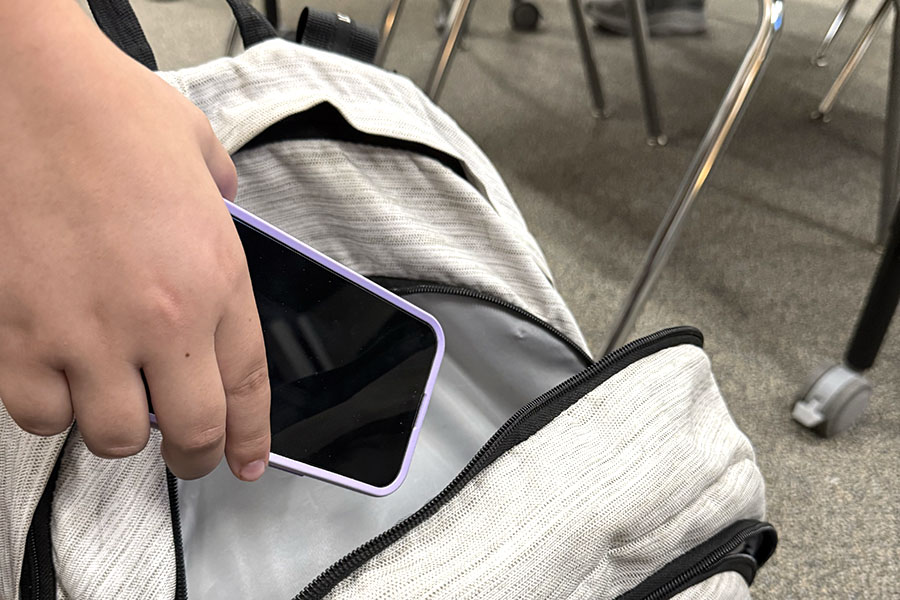

![Sitting with her friend senior Sohpia Struve at last year’s Austin City Limits Festival, senior Ava Zuniga poses for a picture under a pavilion. They are frequent attendees at ACL, an annual music festival at Zilker Park. “I would recommend seeing a bunch of people,” Zuniga said. “This past year, we camped out for Chappell [Roan] for a really long time. I think the whole point of ACL, [which] is a lot of fun, is that you can go see so many different people, even if you don’t know them. So by camping by one person, it really limits yourself from being able to go see a bunch of people.” Photo courtesy of Ava Zuniga](https://cphswolfpack.com/wp-content/uploads/2025/10/EE9E9484-FE6F-4AA0-B5F5-0C177AB32841-1200x857.jpeg)
![Broadcast, yearbook and newspaper combined for 66 Interscholastic League Press Conference awards this year. Yearbook won 43, newspaper won 14 and broadcast took home nine. “I think [the ILPC awards] are a great way to give the kids some acknowledgement for all of their hard work,” newspaper and yearbook adviser Paige Hert said. “They typically spend the year covering everyone else’s big moments, so it’s really cool for them to be celebrated so many times and in so many different ways.”](https://cphswolfpack.com/wp-content/uploads/2025/05/edited-ILPC.jpg)

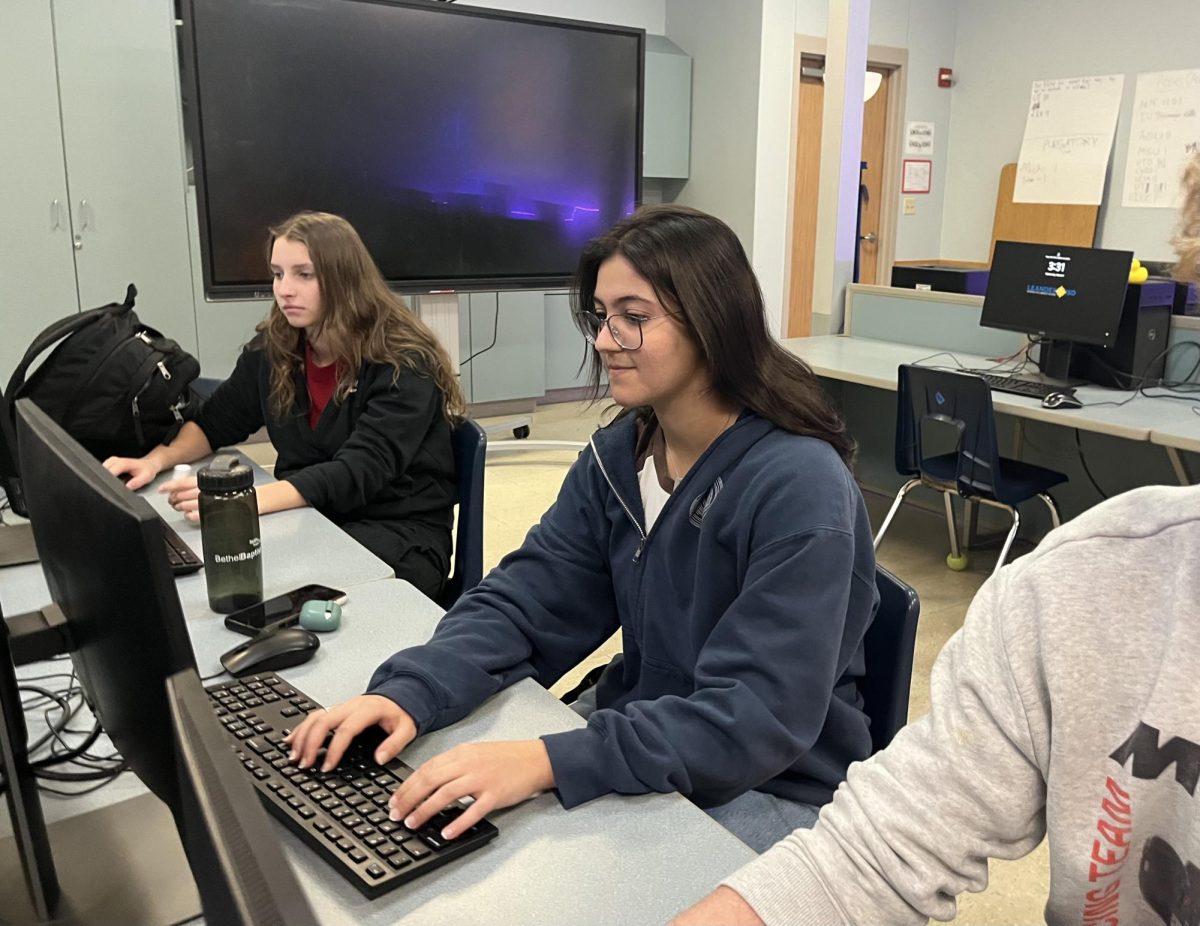
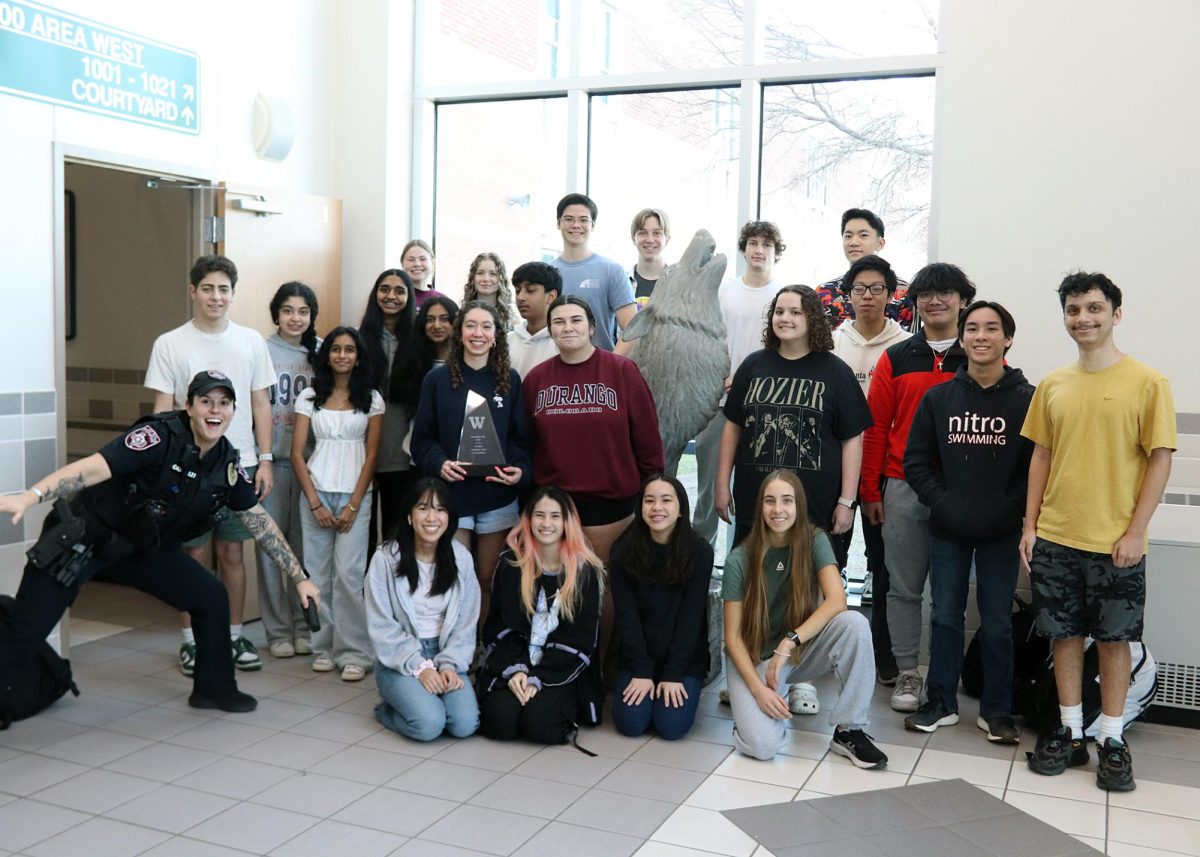

![Looking down at his racket, junior Hasun Nguyen hits the green tennis ball. Hasun has played tennis since he was 9 years old, and he is on the varsity team. "I feel like it’s not really appreciated in America as much, but [tennis] is a really competitive and mentally challenging sport,” Nguyen said. “I’m really level-headed and can keep my cool during a match, and that helps me play a bit better under pressure.” Photo by Kyra Cox](https://cphswolfpack.com/wp-content/uploads/2025/09/hasun.jpg)
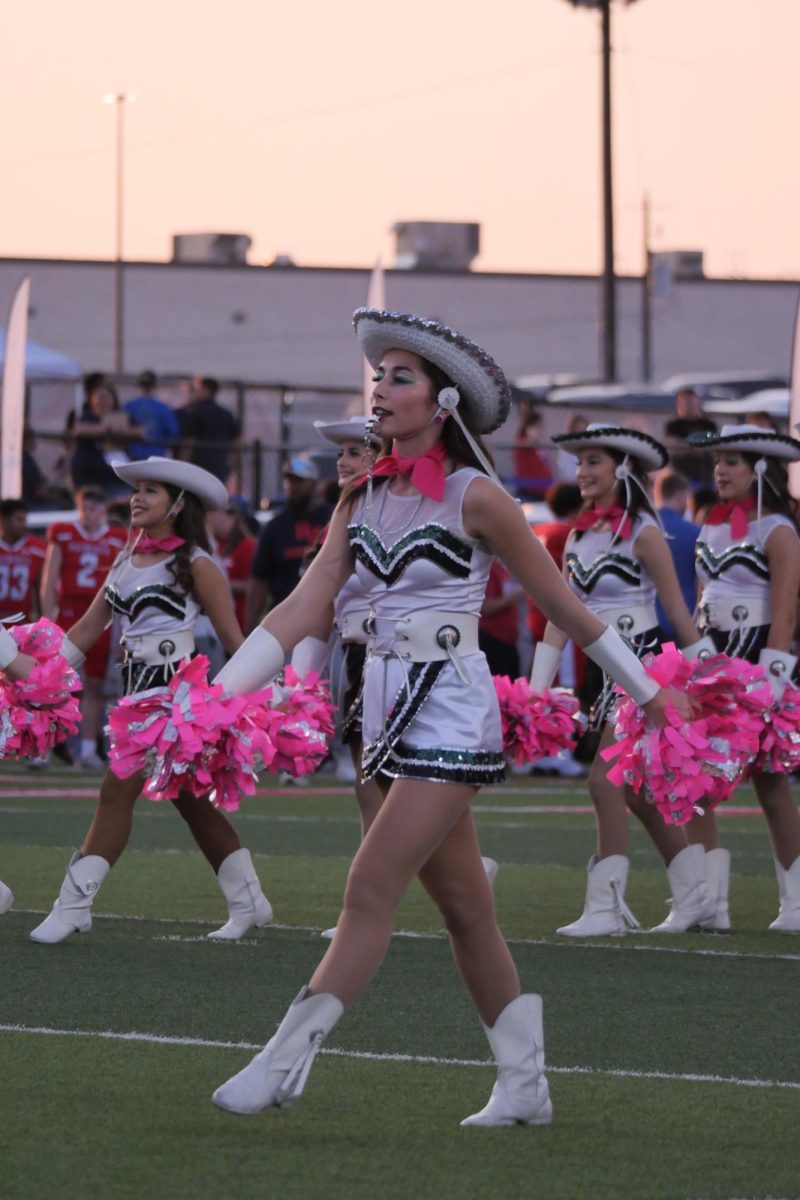

![Bringing her arm over her head and taking a quick breath, junior Lauren Lucas swims the final laps of the 500 freestyle at the regionals swimming competition on date. Lucas broke the school’s 18-year-old record for the 500 freestyle at regionals and again at state with a time of 4:58.63. “I’d had my eye on that 500 record since my freshman year, so I was really excited to see if I could get it at regionals or districts,” Lucas said. “ State is always a really fun experience and medaling for the first time was really great. It was a very very tight race, [so] I was a bit surprised [that I medaled]. [There were] a lot of fast girls at the meet in general, [and] it was like a dogfight back and forth, back and forth.” Photo by Kaydence Wilkinson](https://cphswolfpack.com/wp-content/uploads/2025/03/Kaydence-2.7-23-edit-2.jpg)
![As the support team sits and poses for a photo in the cafeteria with the counseling team they eagerly wait to start their day. "We [all] seem to be a team, I get up every day and there's days where I don't want to go to work today, but I'm thankful that I have a job and I'm blessed to have what I have," Christopherson said. Photo Courtesy of Julie Weltens.](https://cphswolfpack.com/wp-content/uploads/2025/01/AF9E8470-10D7-4C91-BF28-EC8F86BAB66C-1200x852.jpeg)
![Officer Stephanie Cash is in her second year as an SRO at CPHS. “Seeing [students] grow over the years has been kind of cool,” Officer Cash said. “Freshmen that [are] all over the place and then in the next couple of years get a little more squared away and go to class and do work and start thinking about the future. Being a part of a student's growth is the best way to measure my success as an SRO.” Photo Courtesy of Cedar Park Police Department's PIO, Alicia Gallagher.](https://cphswolfpack.com/wp-content/uploads/2024/12/CPHS-SRO-900x1200.jpg)
![As he sprints with the ball, senior running back Trae Hill breaks a tackle during Friday’s 35-14 loss against the Vandegrift Vipers. Hill ran for 135 yards and two touchdowns during the game. “[Scoring] was electric,” Hill said. “It always feels good to score, but the O-line did everything.”](https://cphswolfpack.com/wp-content/uploads/2025/09/IMG_0795allie.varfb_-1200x799.jpg)














